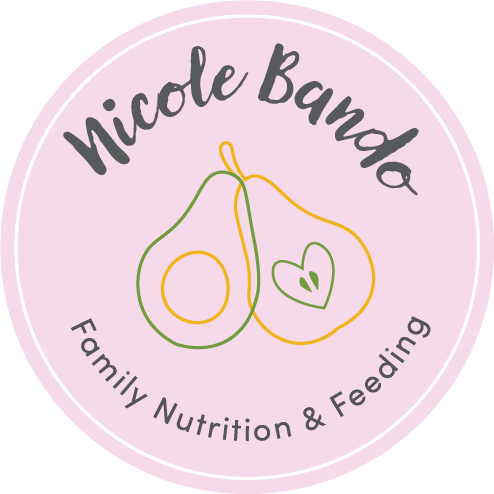Nicole Bando | Dietitian & Lactation Consultant
Search by typing & pressing enter
Search by typing & pressing enter
Search by typing & pressing enter
Nutrition and Breastfeeding Articles
‘It is hard to know what to believe with so much conflicting nutrition
information.
Categories
When a mother is breastfeeding a baby with an allergy or intolerance to dairy and/or soy proteins, these foods may need to be eliminated from the mother’s diet for 2-4 weeks, before possible reintroduction (under guidance of a health professional). These conditions include Cow’s Milk Allergy, Food Protein Induced Allergic Proctocolitis (FPIAP) and Food Protein-Induced Enteropathy (FPIES).
- Both dairy and soy are common food sources of calcium, and many other important nutrients including Vitamin A, Vitamin B12, protein, zinc & magnesium.
- Calcium is vital to ensure strong bones and teeth and reduce the risk of osteoporosis, therefore it is important to find other sources of this mineral within your diet.
- A mother who cuts dairy and/or soy out of her diet may be at risk of developing weak bones and osteoporosis if she doesn’t replace these foods with alternatives.
- Calcium in the breastmilk is constant and comes from the mother’s skeleton. A women’s dietary intake of calcium, or supplements does not affect the amount in breastmilk.
- The calcium taken from the mother’s bones is restored within a few months of stopping breastfeeding. Studies show that women who breastfeeds are not at higher risk of osteoporosis than a woman who does not breastfeed.
Below is a table of dairy-free (DF) and/or soy-free (SF) food sources of calcium. Check food labels every time you buy a food, medication or supplement, as ingredients may change. Use this guide for label reading: https://www.allergy.org.au/images/pcc/ASCIA_PCC_Dietary_avoidance_cows_milk_soy_2015.pdf
- So how much calcium do we need? The average women needs 1,000 mg/day. See the sample meal plan below to demonstrate how to meet average calcium needs:
This sample meal plan provides 1319mg of calcium across the day, and meets nutritional requirements from the five core food groups, in line with the Australian Guide to Healthy Eating (AGTHE), for a breastfeeding woman. It is a guide only.
Sometimes a calcium supplement is needed to ensure that you are getting the amount of calcium you need every day. Your dietitian or GP will help you decide if a supplement is necessary.
References:
- UCSF Health (2021). Calcium content of foods. University of California. Accessed June 10th 2021. Available from: https://www.ucsfhealth.org/education/calcium-content-of-foods
- Nutrient Reference Values (2014). Calcium. NHMRC. Accessed June 10th 2021. Available from: https://www.nrv.gov.au/nutrients/calcium
- Fishbein L. (2004). Multiple source of dietary calcium – some aspects of its essentiality. Regulatory Toxicology and Pharmacology. 39(2);67-80. Accessed June 10th 2021. Available from: https://doi.org/10.1016/j.yrtph.2003.11.002.
- Gueguen L., Pointillart A. (2013). The Bioavailability of Dietary Calclium. Journal of the American College of Nutrition. 19;sup2, 119-136. Accessed June 11th 2021. Available from: 10.1080/07315724.2000.10718083
- Australasian Society of Clinical Immunology and Allergy. Cow’s Milk (Dairy) Allergy. ASCIA, 2019. (Available from https://www.allergy.org.au/images/pcc/ff/ASCIA_Introducing_Foods_Fast_Facts_2019.pdf, accessed May 31st, 2021).
- Australian Guide to Healthy Eating Serve Sizes [Internet]. Eat for Health. Australia; 2015. Accessed June 23rd 2021. Available from: https://www.eatforhealth.gov.au/food-essentials/how-much-do-we-need-each-day/serve-sizes
